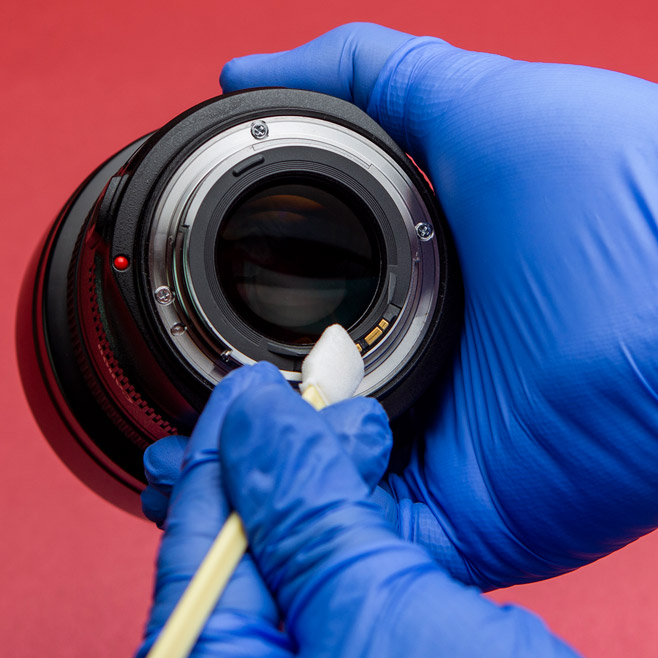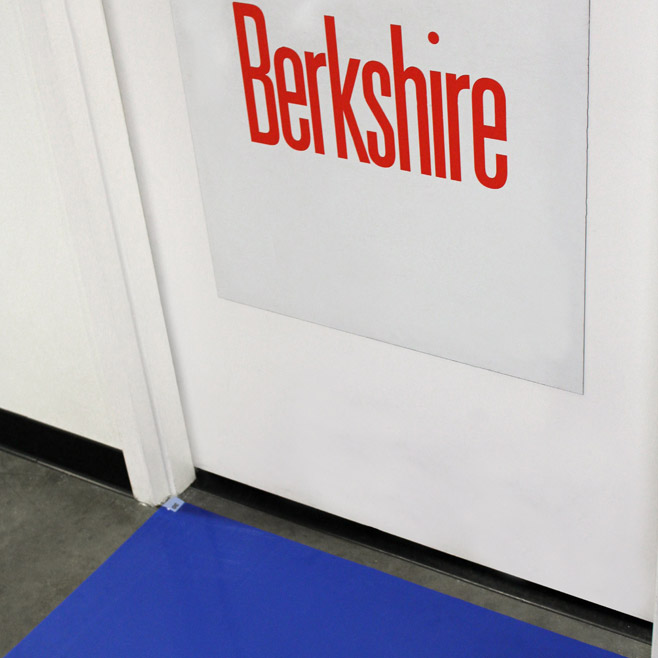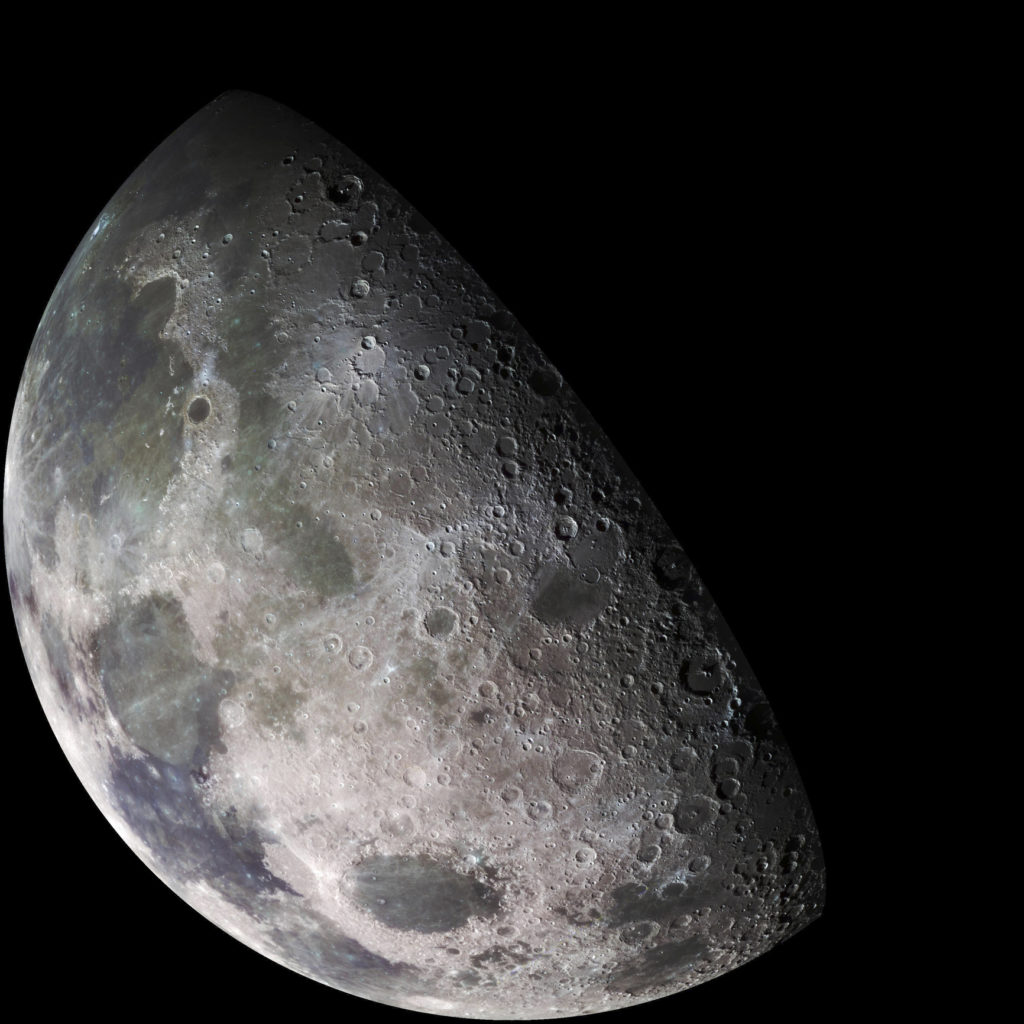Aerospace, Cleanroom News
Sending ‘Selfies’ from the Moon
Every decade has its space adventures, missions that push our understanding of the universe and of our own planet, journeys that excite and inspire. From astronomers in academia, to NASA, to 8th grade classrooms, the thrill of exploration, innovation, and adventure is singular and unparalleled. Take, for instance, the 1960s which saw Alan Shepherd becoming the first American to escape Earth’s gravitational pull, not to mention the ground-breaking Apollo 11 Moon mission in 1969. During the 1970s, the National Aeronautics and Space Administration (NASA) sent three astronauts into orbit aboard the Skylab Program and also partnered with the then Soviet Union on the Apollo-Soyuz Test Project, testing docking procedures for orbital craft. The following decade, the 1980s, saw the birth of NASA’s shuttle fleet – beginning with Columbia – which ultimately ferried more than 300 astronauts out of Earth’s bounds during some 135 missions. But that was not enough: construction of what would become the International Space Station, or ISS, also began during this time. Following the Challenger disaster of 1986, the 1990s were what NASA termed a ‘decade of renewal,’ with 50 shuttle launches between 1990 and 1997. Of course at the end of that period we were all too busy worrying about Y2K and associated ‘bit number’ problems to really focus our attention on challenges outside of our own atmosphere, but during the early years of the 2000s the first people to inhabit the ISS formally took up residence.
That’s a lot to be excited about. A great deal of inspiration and innovation in a comparatively short period of time.
And now, as we approach the 2020s, we have entrepreneurs like Elon Musk and Richard Branson working to make low earth orbit travel and space exploration de rigeur.
Plus, we also have a shot at returning to the celestial body that arguably sparked it all: the Moon. Well, we do if an innovative mission by Israeli non-profit SpaceIL has anything to do with it. Let’s take a look at the small start-up with the potential for huge bragging rights…
In 2010 in Holon, a city near to Tel Aviv, a computer engineer, Yarif Bash, posted a question on social media. “Who wants to go to the moon?” he asked almost playfully.(1) However this was no starry-eyed, ‘fly-me-to-the-moon-let-me-play among-the-stars’ post, but rather a genuine call for partners in what would go on to become SpaceIL, a non-profit venture seeking to become the first non-governmental agency to land on our cold and solitary satellite. And at least two researchers took up the challenge.
Kfir Damari, now a co-founder of SpaceIL was an avid programmer with a focus on cyber security. After serving in the Israel Defense Forces he pursued post-graduate studies at Ben Gurion University before co-founding a cloud based security solution, Metapacket, that detects and prevents malicious activity on corporate networks. A self-proclaimed ‘proud geek,’ Damari was perfectly suited to this role having written his own computer virus at the tender age of just 11.(2)
Also responding to Bash’s Facebook post was second co-founder, Yonatan Winetraub, a satellite systems engineer for Israel Aerospace Industries (IAI). A graduate of NASA’s International Space University, Winetraub had developed a passion for inspiring the next generation of space engineering students which served him well in crafting the nascent organization’s educational strategy.
Because SpaceIL was not ‘just’ another engineer of rockets and space travel technology.
With the aim of inspiring students to study STEM (Science, Technology, Engineering, and Mathematics), developing literacy in the intersection of science and technology, and fostering curiosity and imagination about the role of science in everyday life, SpaceIL’s mission was both bold and broad. Advancing the conversation on science and technology, it set about ‘changing the discourse in Israel […by collaborating] with strategic partners in the various sectors in order to leverage the capabilities of all of those taking part; and to develop programs that provide students with the opportunity to experience in-depth processes that stimulate complex thinking, generate interest and arouse curiosity.’(3)
And all of this from a single social media post? Not quite. Yarif Bash had set his sights on an international challenge, the Google Lunar X Prize, which sought competitors with a drive to build, launch, and land a craft on the Moon. The sole Israeli representative, SpaceIL went on to become one of the top five finalists before Google called time on the project with no winner announced.(4) But by that point in the project the organization had already committed to creating an Israeli ‘Apollo Effect,’ inspiring the next generation by continuing the mission and landing a rocket on the lunar surface.
After 7 years of design and development, Beresheet was assembled in a clean room at Israel Aerospace Industries in June of last year.
In Hebrew, Beresheet – the name of the spacecraft – means Genesis and it is fitting for a craft that launched successfully one week ago from Cape Canaveral as a secondary payload aboard a SpaceX Falcon 9 rocket.(5) If it reaches its cold and lonely lunar destination, Beresheet will add Israel, the country of its genesis, to the extremely small community of nations ever to have visited the rock.(6) After 7 years of design and development, Beresheet was assembled in a clean room at Israel Aerospace Industries in June of last year. IAI became an important partner in the project with its deep background in satellite technology, aerostructures, and command and control stations.(7) Between December 2019 and the present day the craft underwent functional and environmental testing to ensure its robust handling of the stresses it will endure on launch and landing and the extreme conditions of space en route to the Moon. And last week’s launch marks the beginning of the next phase of Beresheet’s mission.
The journey is expected to take approximately two months, significantly longer than the Apollo missions of the 1960s and 1970s. However, the technology is radically different. Those early projects used Saturn V rockets whereas Beresheet’s budget didn’t run to its own propulsion. So instead of buying its own Bugatti, it decided to Uber the journey, hitching a ride on the Falcon before disengaging and spiraling around the Earth in ever-widening orbits. The six weeks spent circling the planet will allow the craft to gain altitude before finally sling-shotting out of Earth’s orbit and heading for its final destination. Why six weeks? Not only must Beresheet gain altitude, it must initially lose velocity before plunging back towards Earth and synchronizing with the Moon’s orbit. These synchronizations are termed ‘phasing loops’ and – when calculated correctly – ensure that both the Moon and the craft are in the correct positions in order to facilitate lunar capture when they meet.
Data gathered will be returned to project researchers along with images of the landscape and lunar ‘selfies.’
After what is likely to be a nail-biting journey for ground crew in sites as far flung as Hawaii, South Africa, Sweden, and Germany, the 20 minute touchdown procedure will be at a spot delightfully dubbed Mare Serenitatis, or Sea of Serenity. This site in the Northern hemisphere was selected for its magnetic anomalies and the proximity of lunar craters which can be analyzed using on-board magnetometers and laser retroflector array from NASA’s Goddard Space Flight Center to measure distance via light pulses. Data gathered will be returned to project researchers along with images of the landscape and lunar ‘selfies.’ After just two short days, the mission will be complete and the craft will go dark, leaving behind a time capsule. Inside, future visitors to the Moon will find a lunar library of millions of documents etched onto three nickel-sized metal disks, along with a copy of the Bible, the Israeli flag, artwork submitted by schoolchildren, and a photo of Ilan Ramon, the nation’s first astronaut will also have pride of place within the capsule.
Watching the live launch from the control center in Yehud, near Tel Aviv, Israeli Prime Minister Benjamin Netanyahu reflected on SpaceIL’s mission: ‘“This is a big step for Israel, but a giant step for Israeli technology.”’(8) And that is perhaps an understatement. Conceived in wonder, engineered through technology, and born in a state-of-the-art cleanroom, Beresheet is the next iteration of craft to push the frontiers of extra-terrestrial science. And of our innate excitement, sense of adventure, and drive to inspire the next generation.
‘“It is rocket science, but our goal is to show them that it’s not magic — it’s something they can understand,” SpaceIL co-founder Kfir Damari said during Wednesday’s briefing. “If they can understand that, and if they can meet engineers and hear their story and see that they come from all different kinds of backgrounds, they can understand that they themselves can be those who will build the next spacecraft.”’(9)
And that alone may well be worth the $100 million price tag of this latest giant leap forward in our understanding of the universe we call home.
Are you excited by SpaceIL’s mission to land a craft on the Moon again? Is Beresheet worth the perhaps hefty price tag? Do you support private organizations exploration of space? We’d love to know your thoughts!
References:
- https://www.nytimes.com/2019/02/21/science/israel-moon-lander-spaceil.html
- http://www.spaceil.com/the-team/founders/
- http://www.spaceil.com/education/education-page/
- https://www.theverge.com/2018/1/23/16924020/google-lunar-x-prize-competition-moon-no-winner
- https://www.jpost.com/HEALTH-SCIENCE/Israeli-spacecraft-Beresheet-ready-for-take-off-581121
- China, the former USSR, and the USA being the only other members of the club.
- http://www.iai.co.il/2013/14467-en/BusinessAreas_SpaceSystems.aspx
- https://www.newsobserver.com/news/business/article226571254.html
- https://www.space.com/israel-lunar-lander-long-trip-moon.html




















HAVE AN IDEA FOR CONTENT?
We are always looking for ideas and topics to write about.
Contact Us